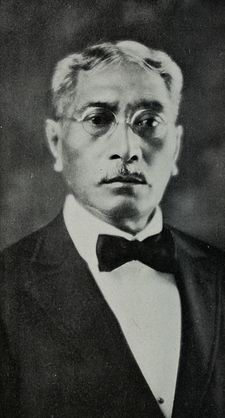In 1778, Captain James Cook arrived at Waimea Bay, the first European known to have reached the Hawaiʻian islands. He named the archipelago after his patron the 6th Earl of Sandwich, George Montagu.
During the reign of King Kamehameha, the islands of Kauaʻi and Niʻihau were the last Hawaiʻian Islands to join his kingdom. Their ruler, Kaumuali’i, resisted Kamehameha’s invasion attempts for years. Twice did Kamehameha prepare a huge armada of ships and canoes to take the islands by force, and twice did he fail. Once was due to a storm and the other was due to an epidemic. In the face of the threat of a further invasion, however, Kaumualiʻi decided to join the kingdom without bloodshed, and he became Kamehameha’s vassal in 1810. He ceded the island to the Kingdom of Hawaiʻi upon his death in 1824.
In 1815–17, Kaumualiʻi led secret negotiations with representatives of the ‘Russian-American Company’ in an attempt to gain Russia’s military support against Kamehameha. After it was revealed that they did not have the support of Tsar Alexander I; the negotiations folded, and the Russians were forced to abandon all of their sites on Kauaʻi, including Fort Elizabeth.
In 1835, Old Koloa Town opened a sugar mill. From 1906-1934 the office of County Clerk was held by John Mahi’ai Kaneakua, who had been active in attempts to restore Queen Liliuokalani to the throne after the United States takeover of Hawaiʻi in 1893.




